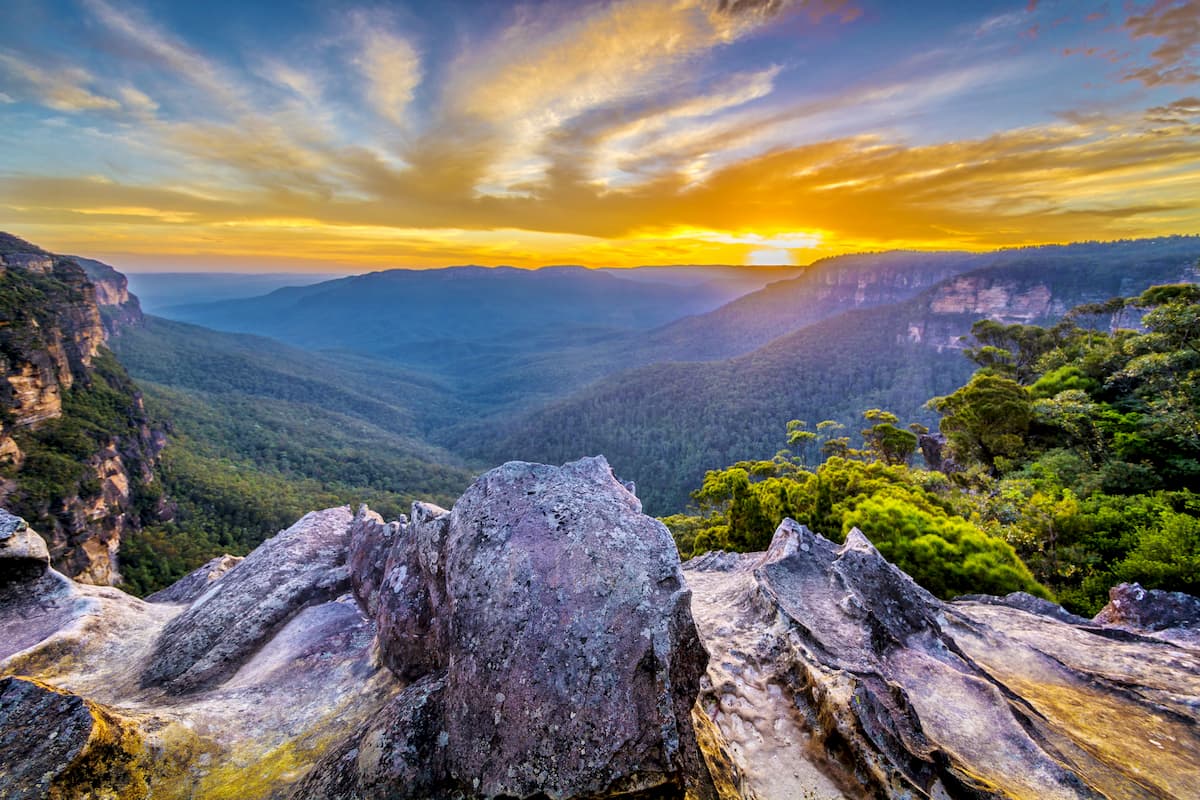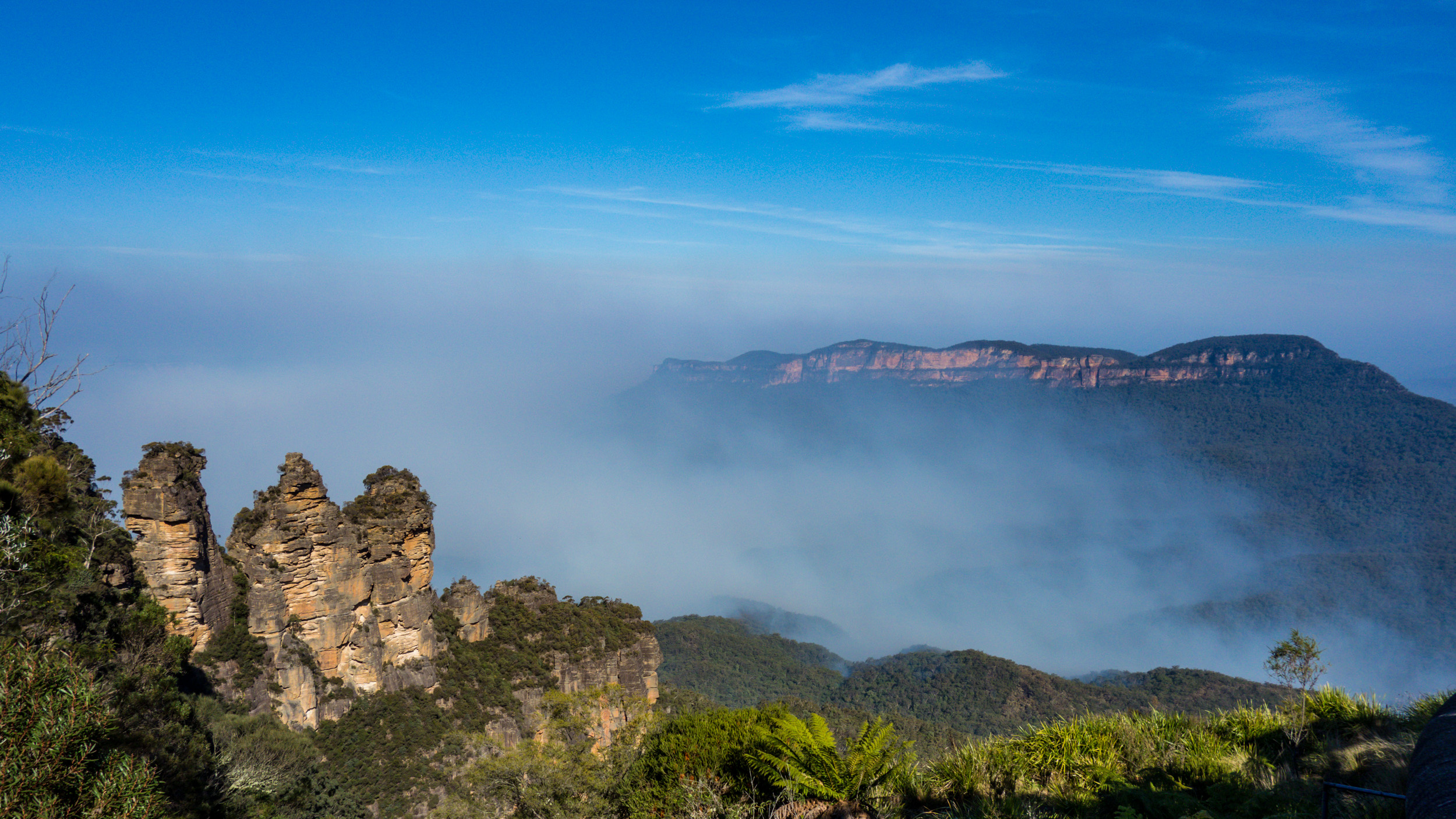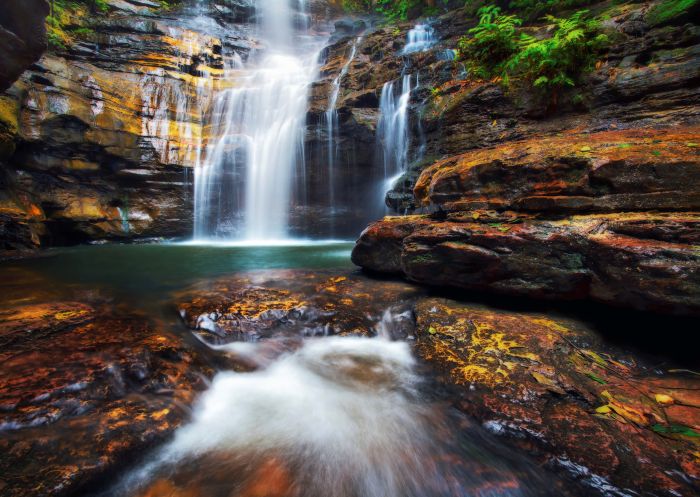Welcome to the mesmerizing world of the Blue Mountains National Park. Tucked amidst the mist-clad valleys and primordial forests, this spectacular destination promises a voyage of discovery that will leave you spellbound. Enter a place where the ghosts of history taunt you through the mist, narrating ancient tales and evoking reverence for the future. Be mesmerized by cascading waterfalls, towering cliffs, and expansive views of the horizon stretching even beyond your eyesight.
This destination is a utopia for a daring trekker, a nature worshipper seeking tranquility, and an inquisitive traveler on a zeusslot mission to unveil the secrets of the sanctuary. Take delight in unravelling hidden treasures strewn along meandering pathways, breathing in the fresh mountain aura, and submit yourself to the music played by the birds. Witness the historic Three Sisters – an iconic rock statue bearing the legacy of an indigenous populace or delve into the eerie Megalong Valley and feel the eon-old serenity shrouding reality.
Every inch of the Blue Mountains National Park is a testament of master craftsmanship of nature and design of time. Embark on this transcendent adventure of mist-clad valleys and relics of yore. Let your senses be tantalized and spirit revitalized by the hug of the Blue Mountains National Park. The History and Significance of Blue Mountains National Park The grandest park in Australia, Blue Mountains National Park has been a part of the national history since time immemorial.
It was founded millions of years ago when the geological evolution of the land, mastering tremendous power, manifested the awe-inspiring spectacle. The traditional indigenous keepers of the land Darug and Gundungurra have inhabited the land for more than 22,000 years, embedding an enduring cultural heritage into the identity of the future century.

History and Significance of the Blue Mountains National Park
The European explorers of the early colonial period were immediately captivated by the Blue Mountain’s rugged beauty and endless mysteries. Only in 1959, the Blue Mountains National Park was officially declared, acknowledging the exceptional natural and cultural values of the area. Currently, it serves as a reminder to succeeding generations of the significance of preserving and defending our natural heritage: The Blue Mountain’s remarkable Flora and Fauna.
The Blue Mountains National Park is a Biodiversity hotspot, featuring a spectacular variety of flora and fauna. The expedition across the park takes visitors from ancient eucalypt forests to heathlands, swamps, rainforests and back, presenting a diverse number of unique plant and animal species along the way. The park’s most popular resider is the Wollemi Pine, a living fossil that was presumed to have been killed off for hundreds of millions of years until it was discovered in a remote chasm in the Blue Mountains in 1994.
This nearly extinct heritage tree, which enjoys the existence of dinosaurs, is now actively protected by park rangers and serves as a beacon of hope for world-scale conservation. The Blue Mountains host a wide variety of bird species, including the colorful crimson rosella and the exceptional lyrebird, distinguished for its ability to imitate a broad range of sounds. Occasionally, kangaroos, wallabies, and wombats are seen feeding down the lush track and in the top cover – ensure you maintain a watchful eye.
Exploring the Diverse Flora and Fauna of the Blue Mountains
Blue Mountains National Park should be on the top of every nature lover’s list due to its outstanding natural wonders and cultural attractions. One of its remarkable attractions that must be visited is the Three Sisters, the rock formation that overlooks the Jamison Valley. Legend says that the pillars used to be three sisters who had been transformed into stone to prevent their intention of anger from ever coming true. Moreover, The Blues can be seen in a variety of hues at sunrise and sunset, and these variations are mesmerizing and breathtaking.
Another must-see destination is Wentworth Falls, a massive waterfall plunging over 100 meters into the valley. AltNational pass is a track that takes you straight into the heart of this attraction. Hiking is a popular activity in the Blue Mountains National Park. With over 140 kilometers of tracks to explore, the park has hiking options for everyone, including the beginner and the expert. The Grand Canyon is one of the most popular treks, but sticking to the tree at Glebe Point is really worthwhile. Other trails and walks include high Gothics, a great north circuit, and the Gibson track in the wilderness. Relaxing activities include Guided walks plunge into the wilderness.

Must-Visit Attractions in the Blue Mountains National Park
If you want to embark on a more challenging adventure, you should consider the Six Foot Track. This 45-kilometers long trail connects the towns of Katoomba and Jenolan Caves and straddles the inside of the Blue Mountains. The Six Foot Track takes multiple days to traverse, as you will follow it through open woodlands, river valleys, and sandstone escarpment. Camping along the way and experiencing the full red glory of the Blue Mountains without artificial lights are an unparalleled experience. Viewpoints and Lookout Spots in the Blue Mountains.
One of the qualities that the Blue Mountains National Park is known for is its breathtaking viewpoints. Echo Point is visited most frequently, offering a view of Jamison Valley and the Three Sisters. To maximize the experience, it is worth considering seeing the lookout at sunrise or sunset, when light conditions create a broad array of colors. To get the whole Canyonland experience, take a ride in the Scenic Skyway. This glass-bottomed cable car hangs 270 meters over the valley floor and allows you to glide across the treetops.
To get a panoramic view but avoid large groups of people, visit Pulpit Rock lookout. The spot is located near Blackheath, and the lookout reveals the Grose Valley in all of its glory. Bring lunch and spend the afternoon relaxing with nature.
Blue Mountains Camping and Accommodation
No visit to the Blue Mountains National Park is truly complete without staying there. You can choose from a wide range of camping and accommodation options to suit every budget and preference. For those looking to get away from civilization, camping facilities at various locations are available. You can opt for basic bush camping in the wild or choose from a variety of campgrounds with more developed infrastructure and amenities.
In case you prefer a roof over your head, the area has numerous guesthouses, bed and breakfast accommodations, and eco-retreats. The facilities offer a peaceful atmosphere and home comfort after a long day of active exploration, often featuring astonishing views and immediate access to the hiking trails. Blue Mountains National Park Visit Tips
Hiking Trails and Adventurous Activities in the Blue Mountains
Plan your trip in advance and check the weather forecast. The climate in the Blue Mountains may be unpredictable, and weather changes may be sudden. Clouds, mist, rain, or sunshine – be ready for anything. Put on comfortable shoes and dress in layers. The temperature may vary greatly during the day. Drink plenty of water and pack snacks if you plan on taking long walks. Stick to the trails, and don’t forget to take your trash with you to keep the park clean.
Be prepared to face both extreme heat and chilling temperatures, sometimes over one day or even one hour. To avoid crowded parking, come early, or visit the park during the week. Learn more about local Aboriginal culture and history. Conservation and sustainable practice in the Blue Mountains. Since it became a protected area, maintaining Blue Mountains National Park’s biodiversity and preserving the cultural heritage of landowners is one of the authorities’ top priorities. Local communities and park management try to make the park sustainable and preserve it for future generations.

Best Viewpoints and Lookout Spots in the Blue Mountains
Such initiatives range far beyond the park’s efforts toward its conservation, thus offering additional actions carried out jointly with local Aboriginal communities, such as weed and pest control, habitat restoration, and fire management strategies and aims to safeguard and promote their cultural values and traditional land management practices. If one wants to be a guest in this untouched wilderness, then one must make its best to honour this status.
It is in our power to comply with the park’s guidelines and stick to the Leave No Trace tenets to ensure that our descendants may benefit from this precious environment. Experiencing the Magic of the Blue Mountains Blue Mountains National Park is a sanctuary and a mystery, where nature reveals its divinity. Each facet of it, from the verdant valleys strewn with fog to the rock formations nourished with millennia of geology, speaks of a story that transcends years.
Walking through the woodlands, overlooks, and narrow, windy tracks of the Blue Mountains, let the history’s whisper, the birds’ shout, and the soaring landscapes thrill you. Let the unique flora and fauna stand you and guide you out of the hidden pathways. The last moments should be tough when the rut first appears; then, the buses start rustling through pygmy gum groves.




